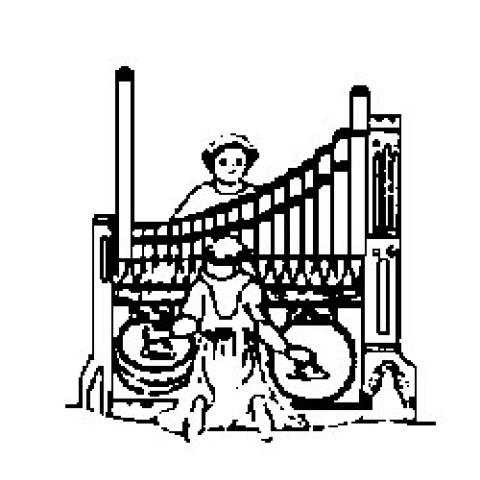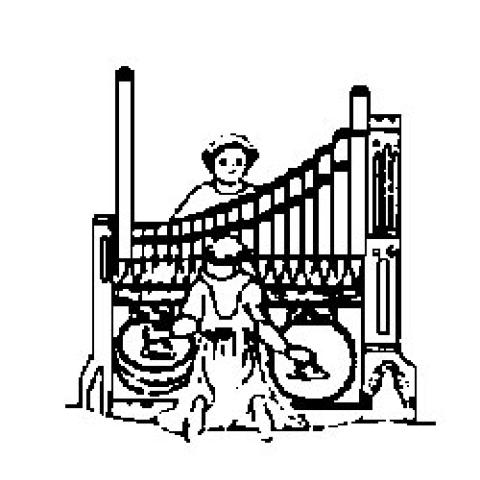
ChristChurch Cathedral, in the city of Christchurch, New Zealand, has appointed John Linker as director of music. Linker replaces Brian Law, who has retired after serving the cathedral since 2004. The director of music oversees all aspects of the cathedral’s music program, including the cathedral choir, the oldest professional musical entity in the city, the only professional choir of men and boys in New Zealand, and one of only two in the southern hemisphere. The choir was established six months before the opening of the cathedral in 1881, to ensure the group was prepared for the dedication ceremonies. The twenty boys sing five services and ten rehearsals most weeks of the year, as well as special services and performances. The men and boys sing approximately 800 works of literature each year.
The 1881 cathedral was severely damaged in the earthquake of 2011. Since then, the Transitional Cathedral (a.k.a. “Cardboard Cathedral”) has been in use a few blocks distant with a full calendar of daily services. Plans are in formation for the removal of the old cathedral ruins and construction of a new cathedral in the central city’s Cathedral Square, a project to include restoration of the cathedral’s Hill organ. The Transitional Cathedral was designed by Japanese architect Shigeru Ban and has been internationally acclaimed as a model for emergency architecture that speaks to the future while respectfully bowing to the past.
A native of Princeton, Illinois, John Linker has been organist and choirmaster for the Church of the Good Shepherd in Lexington, Kentucky, for fourteen years. There he reinstituted the choir’s treble program and led the group on numerous tours to England, Italy, and France. In 2013, Linker oversaw the installation of a four-manual Goulding & Wood organ in the Church of the Good Shepherd. He holds degrees from Northern Illinois University and Roosevelt University in Chicago and is a doctoral candidate at the College-Conservatory of Music at Cincinnati, Ohio. For information: www.christchurchcathedral.co.nz.




